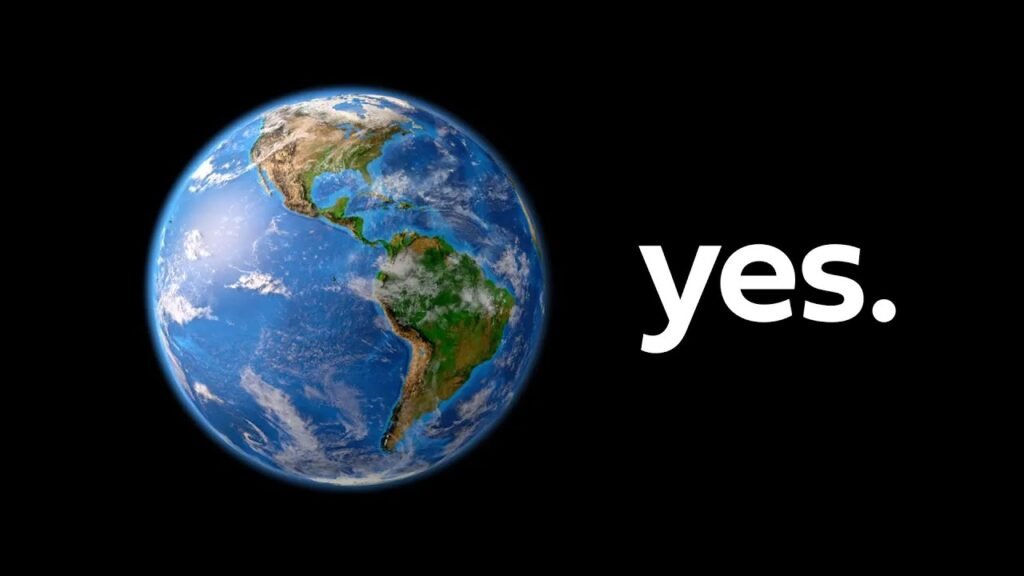When discussing climate change, attention generally focuses on our soaring carbon dioxide emissions. But levels of methane have risen just as dramatically, and it’s a far more potent greenhouse gas. And, unlike carbon dioxide, it’s not the end result of a valuable process; methane largely ends up in the atmosphere as the result of waste, lost during extraction and distribution.
Getting these losses under control would be one of the easiest ways to slow down greenhouse warming. But tracking methane emissions often comes from lots of smaller, individual sources. To help get a handle on all the leaks, the Environmental Defense Fund has been working to put its own methane-monitoring satellite in orbit. On Wednesday, it announced that it was partnering with Google to take the data from the satellite, make it publicly available, and tie it to specific sources.
The case for MethaneSAT
Over the course of 20 years, methane is 84 times more potent than carbon dioxide when it comes to greenhouse warming. And most methane in the atmosphere ultimately reacts with oxygen, producing water vapor and carbon dioxide—both of which are also greenhouse gasses. Those numbers are offset by the fact that methane levels in the atmosphere are very low, currently just under two parts per million (vs. over 400 ppm for CO2). Still, levels have gone up considerably since monitoring started.
The primary source of the excess methane is the extraction and distribution of natural gas. In the US, the EPA has developed rules meant to force companies with natural gas infrastructure to find and fix leaks. (Unsurprisingly, Texas plans to sue to block this rule.) But finding leaks has turned out to be a challenge. The US has been using industry-wide estimates that turned out to be much lower than numbers based on monitoring a subset of facilities.
Globally, that sort of detailed surveying simply isn’t possible, and we don’t have the type of satellite-based instruments we need to focus in on methane emissions. A researcher behind one global survey said, “We were quite disappointed because we discovered that the sensitivity of our system was pretty low.” (The survey did identify sites that were “ultra emitters” despite the sensitivity issues.)
To help identify the major sources of methane release, the Environmental Defense Fund, a US-based NGO, has spun off a project called MethaneSAT that will monitor the emissions from space. The project is backed by large philanthropic donations and has partnered with the New Zealand Space Agency. The Rocket Lab launch company will build the satellite control center in New Zealand, while SpaceX will carry the 350 kg satellite to orbit in a shared launch, expected in early March.
Once in orbit, the hardware will use methane’s ability to absorb in the infrared—the same property that causes all the problems—to track emissions globally at a resolution down below a square kilometer.
Read the full post at Ars Technica.





